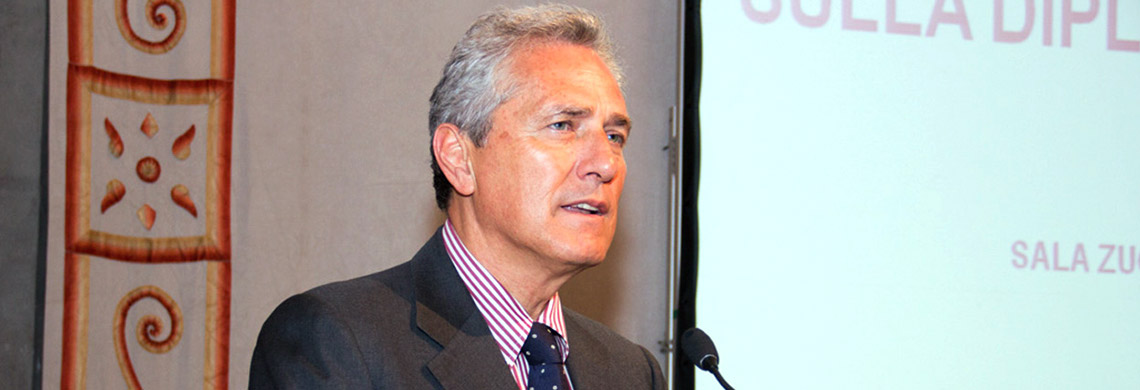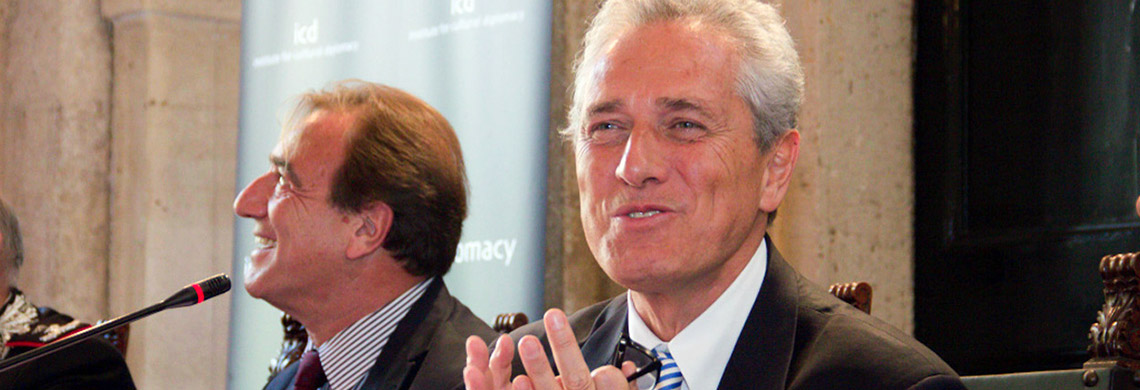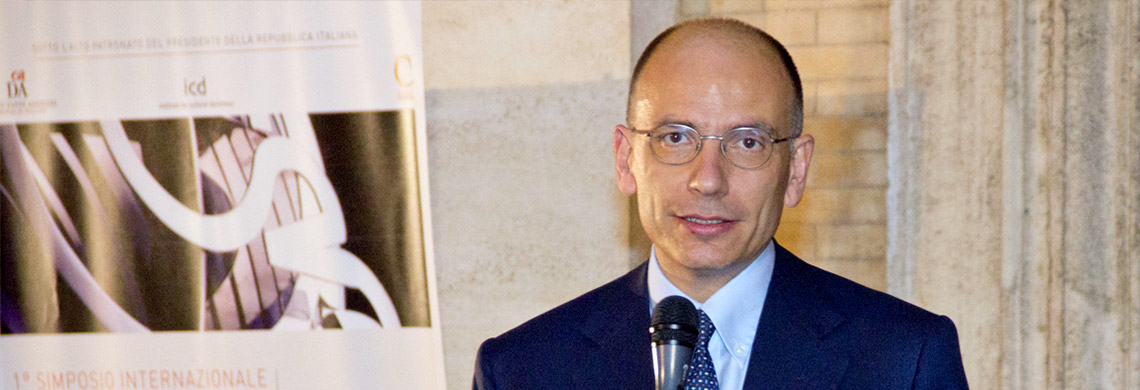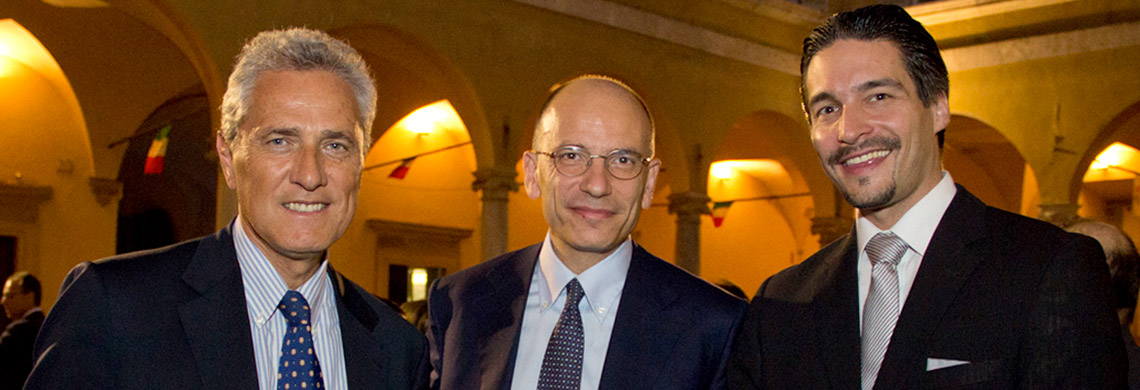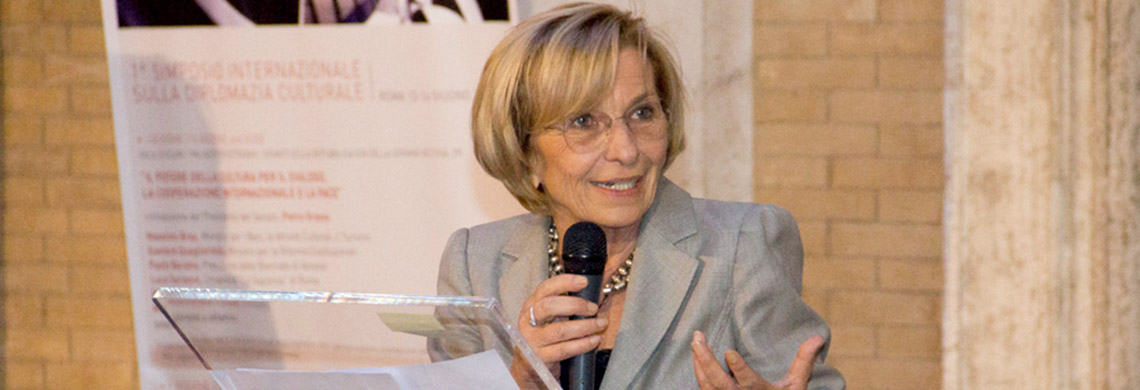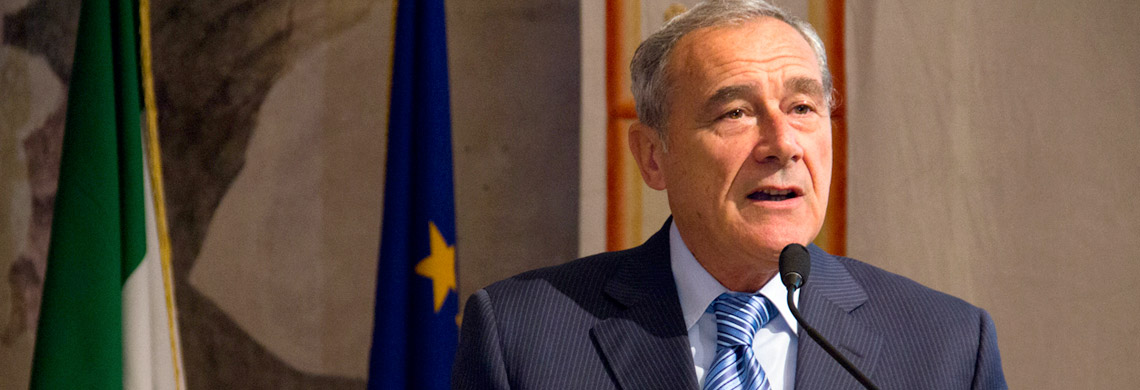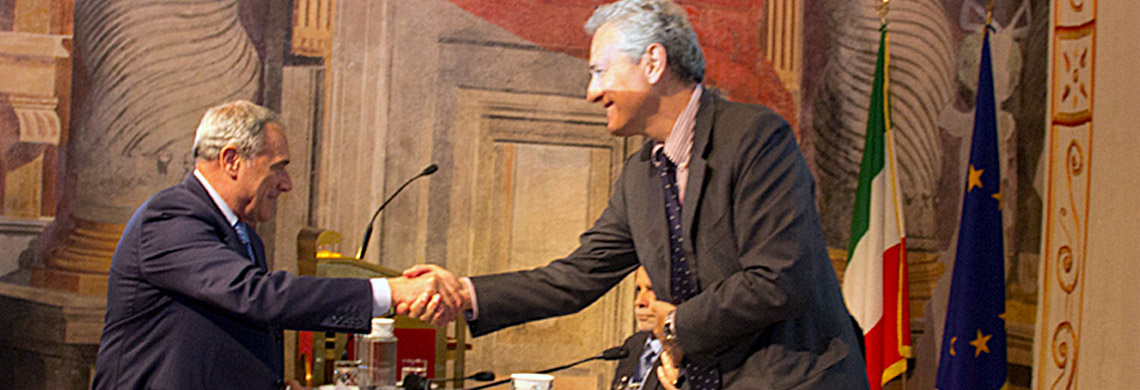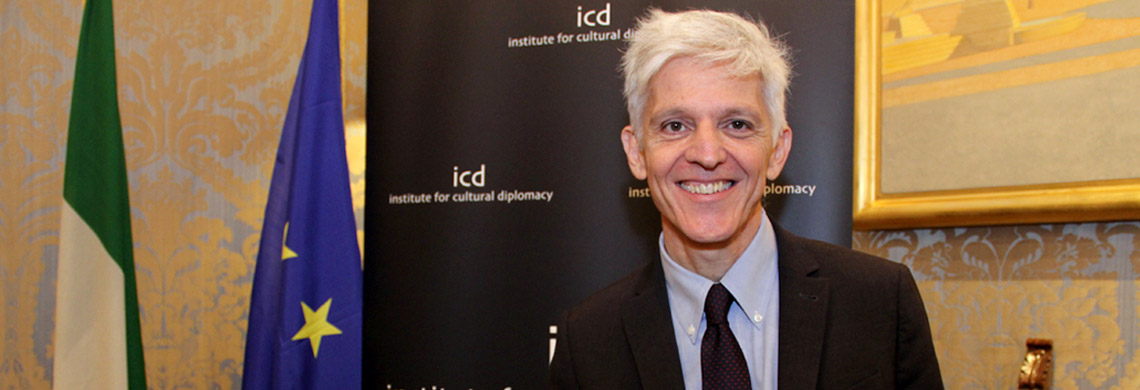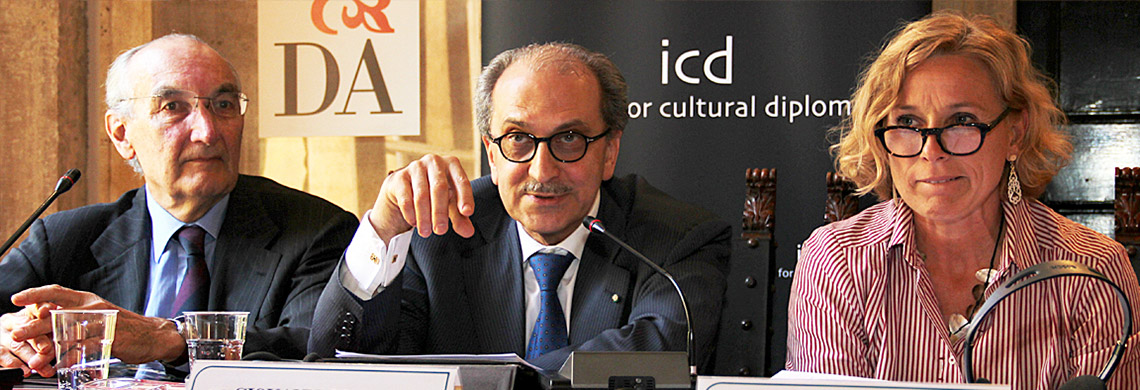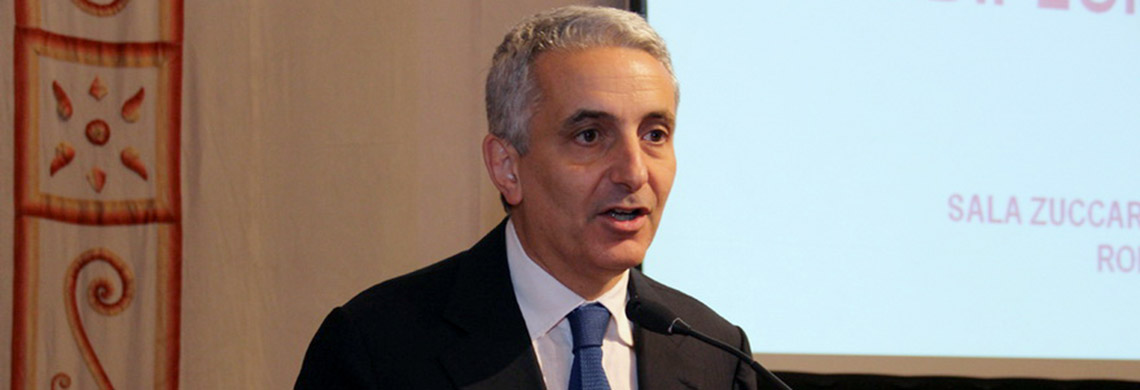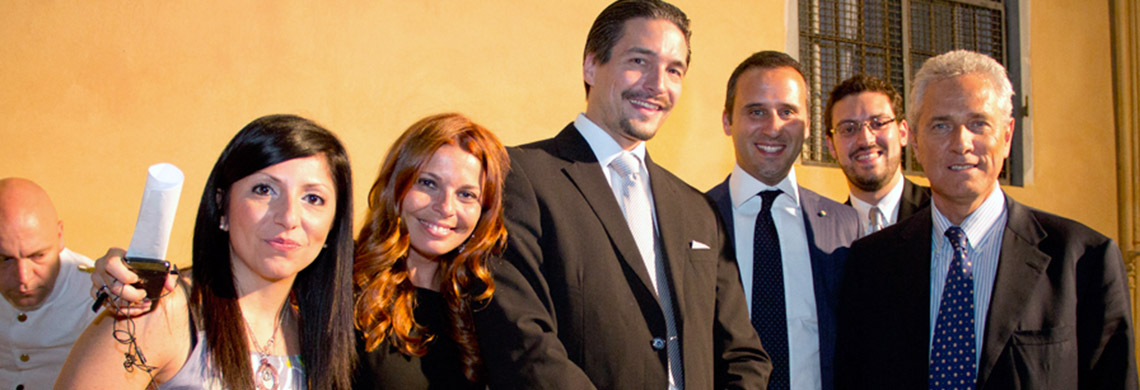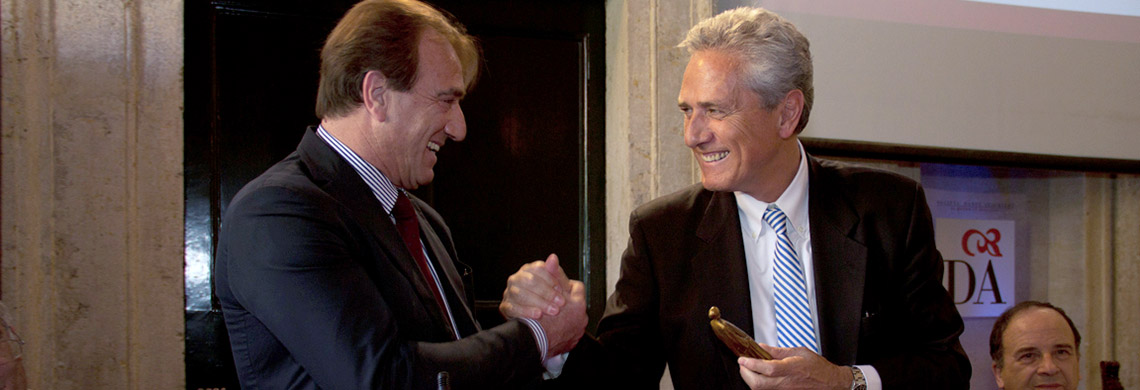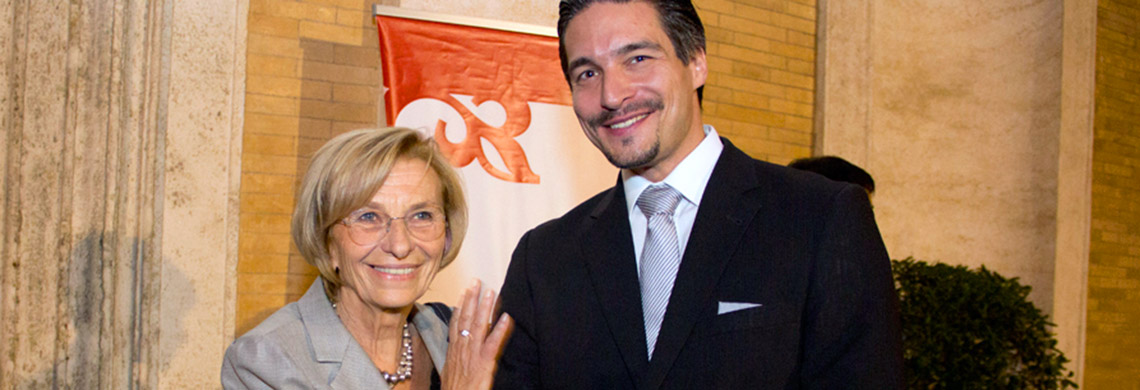Symposium on Cultural Diplomacy in Latin America
“The Colors of Latin America: Preserving Traditional Arts & Heritage in a Multicultural World”

About the Colors of Latin America
The different countries of Latin America harbor a tremendous variety of cultural and ethnical backgrounds. From the southern limits of the Bravo River to the remote edges of the Patagonia, a multitude of languages, dialects, traditional cults and religious beliefs, as well as customs and social practices, have come together to found the basis of a Latin American identity. From the pre-Columbian civilizations and the Iberian colonization to the influx of European immigrants as well as the introduction of Africans to the continent, the region has been host to a melting pot of cultural traditions that have significantly impacted in its development. Over its history, important elements of the region’s pre-colonial background have remained a key part of many of the nations’ individual identity, whilst many others have evolved and adapted to the more recent transformations in their demographics due to migratory flows during the 20th century.The region’s rich, cultural and historical background has been confronted with the dynamics of a global cultural market, which has in turn impacted on its traditional, cultural identities and unique diversity. This has resulted in an increasing interest in showing accurate images of Latin America’s cultural heritage.Â
The following examples illustrate the ways in which tradition has been an effective tool in building identity and unity in a region.
The Power of Sports and the “Joga Bonito” in Brazil
Cultural diplomacy is about building bridges between cultures and about celebrating differences rather than discriminating. It is thanks to cultural diplomacy that we can understand that one of the “world’s wonders” is diversity, and that respecting and creating tolerance for the ways of life of others is the key to success for any nation.Sport has the potential to bring the best out of every one, and through the passion and inspiration invoked through sports we can encourage a cultural engineering and willingness to familiarize oneself with the “unknown”. Sports teach people self-discipline, to work collaboratively in teams in a respectful manner, to make an effort and keep on trying even if at first we fail. Applying these values to the practice of cultural diplomacy can act as a catalyst in the establishment of strong intercultural relations.
Brazil, the host of the FIFA World Cup in 2014 and the Olympic Games in 2016, is perhaps the most celebrated country in Latin America for sports. These two events will demonstrate to the world what Brazil can offer not only in terms of sports but also in terms of its own rich culture and energy. Brazil is not only recognized for its football but also for its beautiful beaches and passion for samba. It cannot be forgotten that Brazil’s economy is experiencing skyrocketing growth and, as part of the BRICS group, Brazil will be one of the leading world´s economies in the near future. Due to the two aforementioned sporting events to which Brazil is playing host, it is predicted that the country will stay on the path of progress and success. In this case, sports, as essential components of cultural diplomacy, are going to be the key that will open Brazili’s doors to the world. Not only will the world see that Brazil as a country is beautiful, but, as a famous football commentator once said, the world will see that Brazil plays beautifully, or as the Brazilians say, Brazil joga bonito.
Food as the Premise for Cultural Understanding
Food is a powerful and effective bridge for cultural diplomacy, cultural understanding and cultural relations, and food prevails as a worldwide trademark for Latin America. Certainly, no other asset is more prominent than the region’s unmistakable culinary culture, being the most recognizable and at the same time influential Latin American export around the world. The reason that such a basic entity as food is able to create powerful links between different cultures is that it is easy to understand the traditions of another culture if we start by tasting the delicacies that this culture has to offer.It is true that occasionally within big regions it can be challenging to build the bridges that cultural diplomacy aims to create, as segregation can sometimes be difficult to confront. In spite of this, however, the mixture of identities, cultures and ancient as well as indigenous civilizations in Latin America are not seen as obstacles, but as advantages. That is why exploring and celebrating Latin American cuisine is a perfect way to commemorate the richness that can be found in the region’s diversity.
To explore the culinary richness that Latin America offers, one can begin with Mexico where guacamole, an avocado-based sauce that originated with the Aztecs and is traditionally made by mashing ripe avocados with sea salt in a molcajete (mortar and pestle), is considered a national dish but is enjoyed all across the world, allowing Mexican culture to be celebrated almost anywhere. Another famous Mexican dish is the burrito, which consists of a wheat flour tortilla wrapped or folded into a cylindrical shape to around a traditional filling. In Colombia, Venezuela and Panama, local cuisine often includes arepas, which are flatbreads made of corn dough or cooked flour. They can be served with various accompaniments such as cheese, avocado, jelly or jam, or, as is most common in Venezuela, split and used to make sandwiches. The Colombian Gastronomy Academy considers this dish as a symbol of national as well as regional cultural heritage and unity. Across the Caribbean and to Cuba, Puerto Rico and the Dominican Republic one can taste “ropa vieja”, Spanish for ‘old clothes’. It consists of shredded brisket or steak, varying from beef, chicken or pork, or a combination of the three in a tomato sauce base. The Argentinian ‘dulce de leche’, a confection prepared by slowly heating sweetened milk, is just another example of the pride Latin America exhibits for its cuisine.
The importance and Relevance of Preserving Traditional Art and Heritage in Latin America
National culture embodies the aspirations and values of the people whilst also portraying an inseparable part of their identity. In particular response to this idea, the philosopher Leopoldo Zea has expressed that "culture, by essence, makes men free and allows for them to achieve their projects." The recent interest in promoting the cultural specificities of Latin American countries is inspired by the identity crisis and concern for the ways it will impact the region’s cultural markets.Whilst the promotion of cultural integration is paramount for improved relations between countries, the indiscriminate flow of foreign factors has also been seen to affect and even damage various cultural traditions. Unfortunately, the socioeconomic difficulties in Latin America over the past 20 years have impacted greatly on its cultural development. The region has lost important cultural institutions, and its authentic traditions have continually faced dilution.
The regression on cultural development has thus been twofold. Firstly, the ability of Latin American society to unite and reinforce the image of each nation and of the region as a whole has been weakened, and secondly, the competition from its international markets has increased. That is, the region has lost the ability to stand competitively in international markets due to loss of funding in several promising cultural sectors; such as the audiovisual and editorial markets.
Cultural heritage is the cultural link of a society to its past, closely interacting with the current cultural material or intangible assets and that are being passed forward to the future generations. These are representative of society and are a common base in which identity is grounded. The feeling of belonging to a set of cultural values through its traditions, history, ancestry, lifestyle, motivations, beliefs and values are of significant relevance to the construction of one individual identity. It is important that whilst Latin America unifies to create one strong international force to bring peace and prosperity to the region, each nation maintains and protects its own set of cultural values and identity.
As Nobel Prize winner Adolfo PĂ©rez Esquivel claims, the purpose of preserving the value of items and traditions that correspond to historical memory is not to remain in the past but rather to brighten up the present. The Argentinean Human Rights activist, painter and writer supports the idea that a strong positive national identity with a deep knowledge of its history implies feelings of belonging, satisfaction, pride, and commitment to participation in social and cultural practices.
The preservation of authentic values is, therefore, extremely necessary to ensure the transmission of cultural values to future generations, which must be in harmony with the universal heritage. Preservation of cultural heritage should imply a mobilization towards the appreciation of each country’s history and values but also a steady movement toward Latin American integration. Preserving and appreciating the links with one’s own nation and the rest of the world is a way to consolidate national and universal cultural values. Today, in a world of development but also of turmoil, this should at the forefront of the global community’s priorities.

